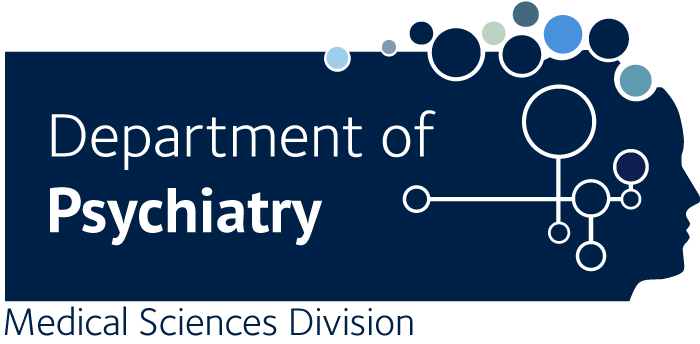Stable transformation of the yellow fever mosquito, Aedes aegypti, with the Hermes element from the housefly.
Jasinskiene N., Coates CJ., Benedict MQ., Cornel AJ., Rafferty CS., James AA., Collins FH.
The mosquito Aedes aegypti is the world's most important vector of yellow fever and dengue viruses. Work is currently in progress to control the transmission of these viruses by genetically altering the capacity of wild Ae. aegypti populations to support virus replication. The germ-line transformation system reported here constitutes a major advance toward the implementation of this control strategy. A modified Hermes transposon carrying a 4.7-kb fragment of genomic DNA that includes a wild-type allele of the Drosophila melanogaster cinnabar (cn) gene was used to transform a white-eyed recipient strain of Ae. aegypti. Microinjection of preblastoderm mosquito embryos with this construct resulted in 50% of the emergent G0 adults showing some color in their eyes. Three transformed families were recovered, each resulting from an independent insertion event of the cn+-carrying transposon. The cn+ gene functioned as a semidominant transgene and segregated in Mendelian ratios. Hermes shows great promise as a vector for efficient, heritable, and stable transformation of this important mosquito vector species.

